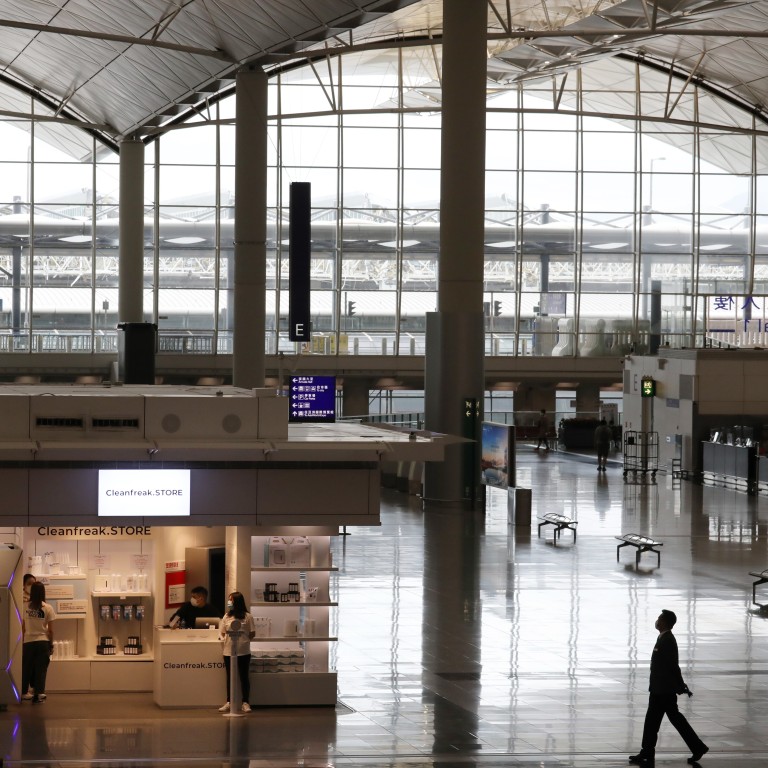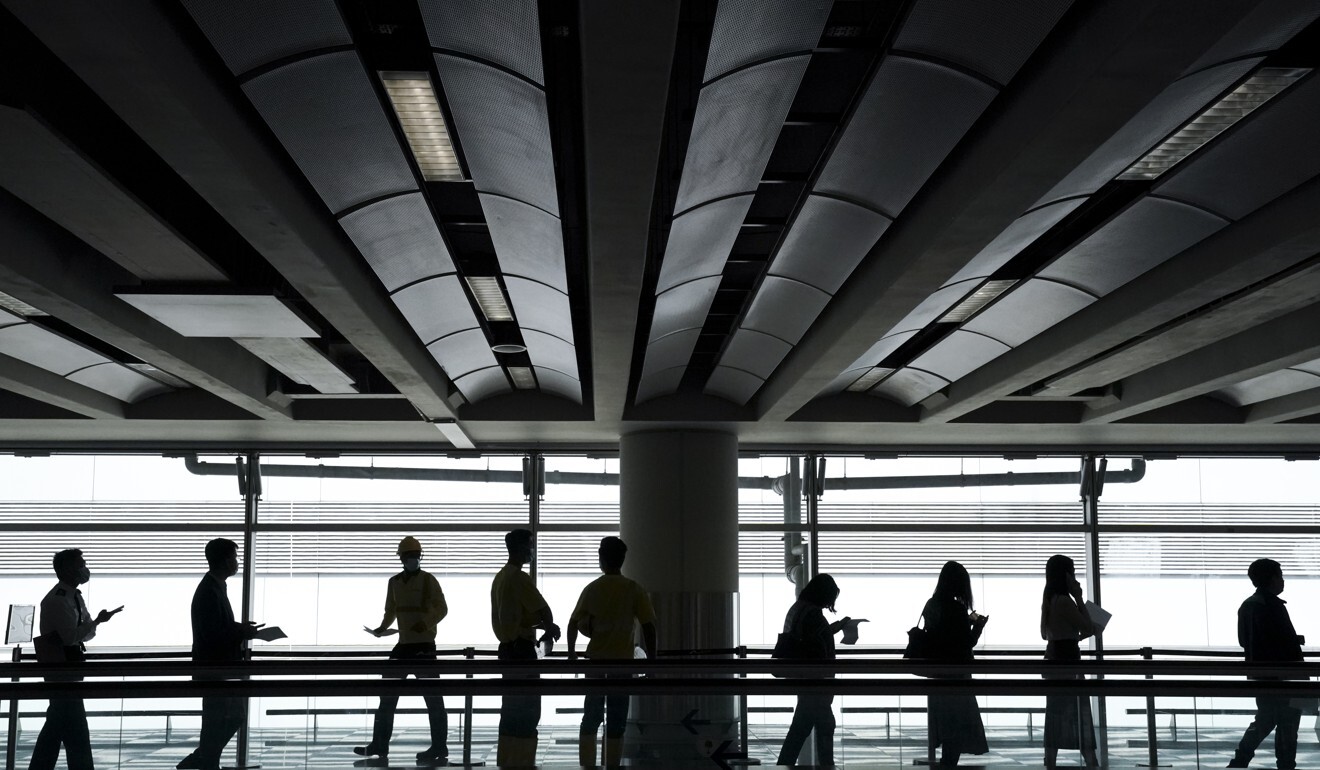
A cool idea: Hong Kong airport cuts energy consumption with new air-conditioning control system
- Machine learning and real-time data on passenger flows and outdoor temperatures will allow for smarter, faster adjustments
- The energy saved would be enough to power 1,200 local households, while annual carbon emissions will be reduced by 1,900 tonnes
Hong Kong’s airport has become the first in the world to adjust its air conditioning based on real-time weather data, cutting down its yearly energy consumption by the amount needed to power 1,200 households over the same period.
The new Predictive Control System for Air Conditioning, jointly developed with electricity utility CLP Power, uses machine learning and real-time data about inbound flights and passenger flow alongside weather information provided by the Hong Kong Observatory to predict and regulate the indoor temperature of Terminal 1 so it stays between 24 and 25.5 degrees Celsius.
Before the smart system’s installation at the beginning of this year, the airport’s air conditioning made adjustments based only on indoor temperatures, a sluggish method that expends more energy.

The big data analytics, along with two newly installed chiller plants, will save 5.1 gigawatt-hours annually, an amount roughly equal to 1,200 Hong Kong CLP residential customers’ annual energy consumption. The set-up will also reduce carbon emissions by 1,900 tonnes over the same period, the amount offset by planting 80,000 trees.
The Hong Kong International Airport consumes 300 gigawatt-hours every year, with about 25 per cent of the energy going toward air conditioning in the two terminals.
“We hope the system not only saves energy but provides travellers with a more comfortable environment, as we can now avoid overly hot or cold temperatures brought about by sudden weather changes,” said Amen Tong Yuen-king, general manager of technical services infrastructure at the Airport Authority.
[The airport] must share their best practices with other big corporations so that not only are they doing good themselves, they influence others to save energy as well
World Green Organisation founder Dr William Yu Yuen-ping welcomed the upgrade, noting a recent global trend in using machine learning and big data to optimise energy usage.
“It’s good news, because by using big data analytics, they aren’t changing the hardware and throwing it away, which would be very costly,” he said.
Yu praised the Hong Kong airport for implementing energy saving measures now and in the past, but thinks even more could be done.
“[The airport] must share their best practices with other big corporations so that not only are they doing good themselves, they influence others to save energy as well and learn from them.
“Hong Kong can use more tech like this to achieve environmental benefits such as carbon reduction.”
Tong said the airport would be expanding the smart system to other terminal buildings in the near future.
“Big data and machine learning will play important roles in energy saving in the future,” he said. “We’ll use what we learn from them to be more sustainable.”
